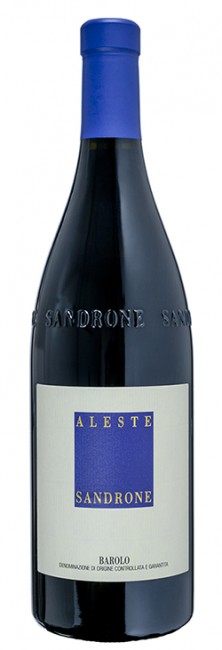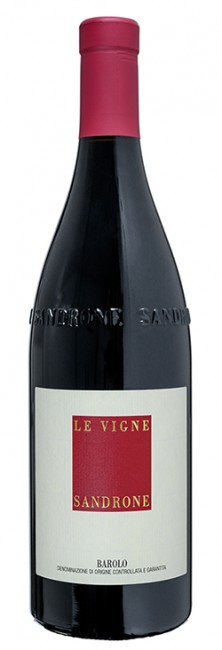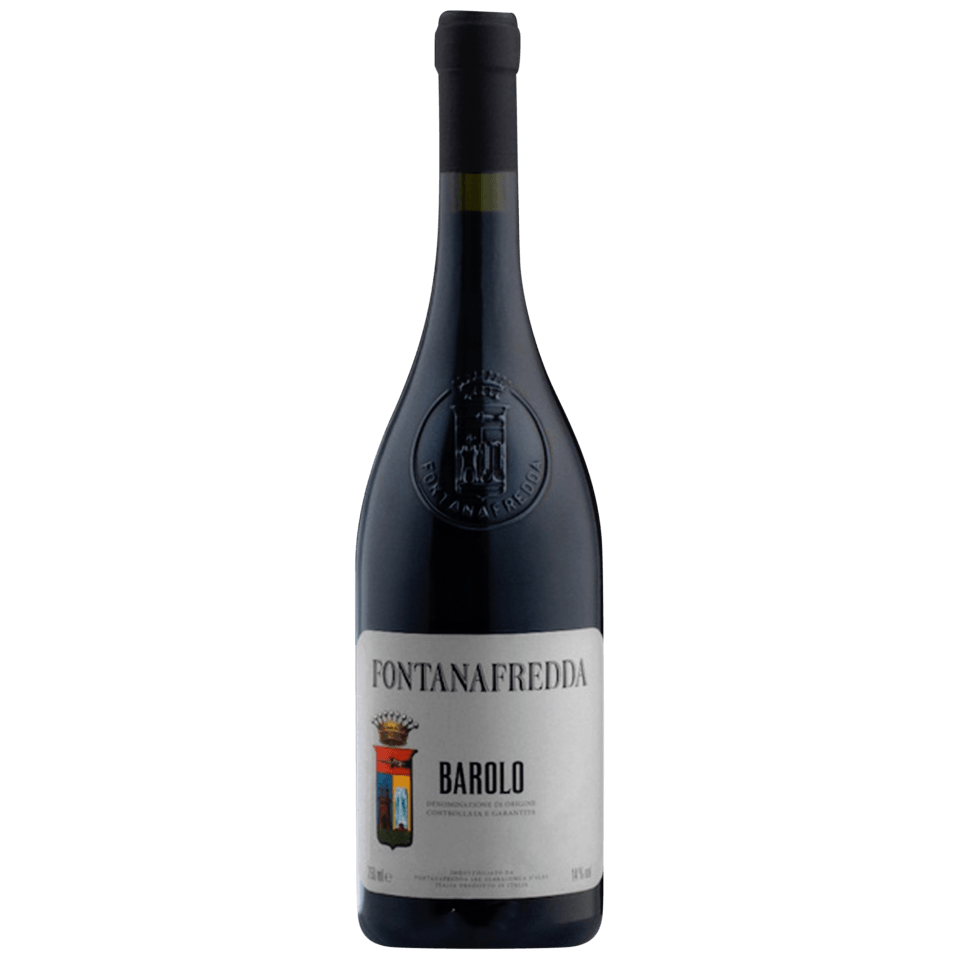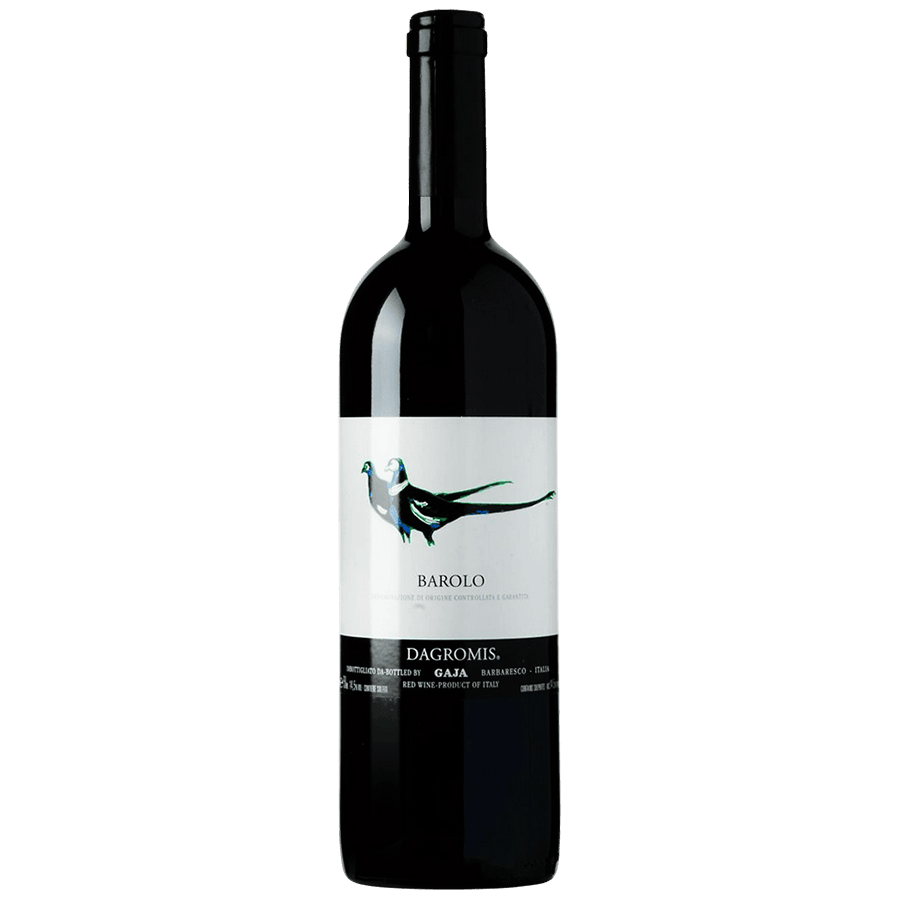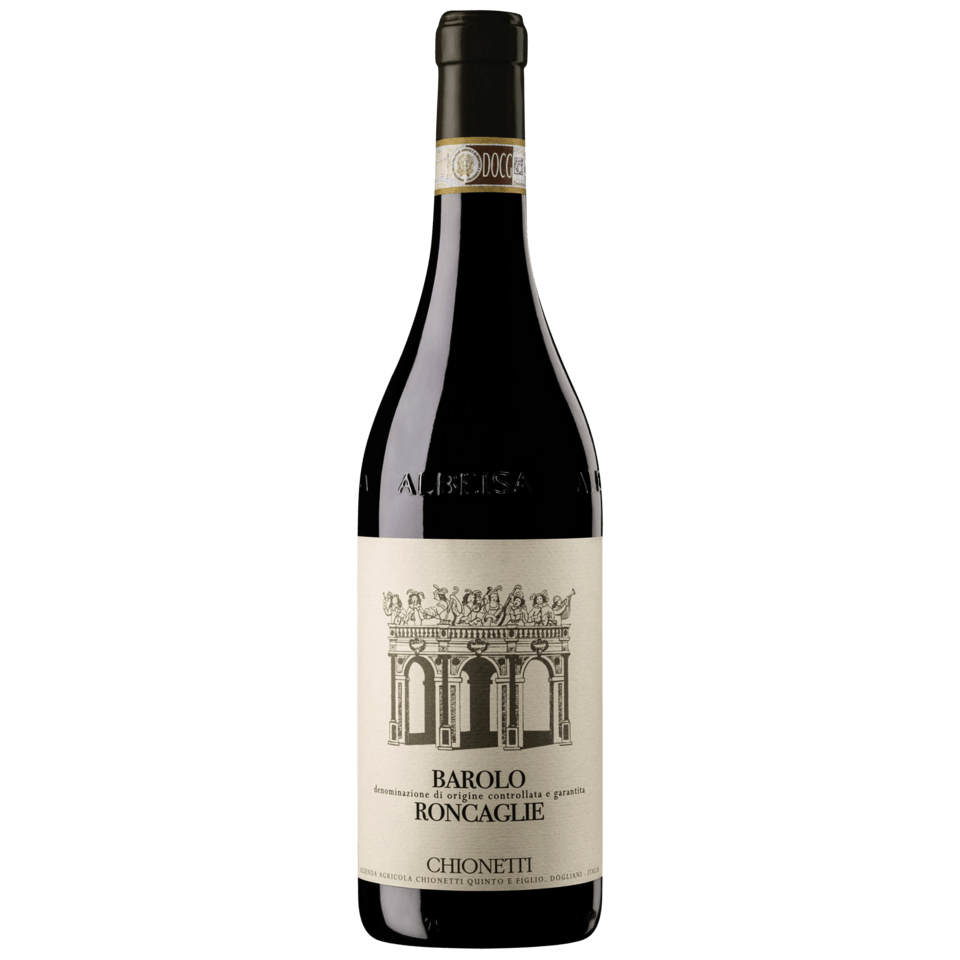Barolo, a name synonymous with prestige in the wine world, hails from a region steeped in history and tradition. Located in the Piedmont region of northwest Italy, Barolo is not just a wine but a testament to the area’s rich viticultural legacy. The region’s journey from local secret to global fame encapsulates centuries of winemaking evolution, firmly establishing Barolo as a cornerstone of Italian oenology. This article will explore the historical backdrop, geographical setting, soil composition, climatic influences, grape varieties, and the distinctive taste profile that characterizes wines from Barolo.
Historical Overview
The Barolo wine region’s history is a tapestry of land, aristocracy, and the evolution of winemaking practices. Historical accounts suggest that winemaking in the area dates back to at least the 13th century, although the Barolo as we know it today began to take shape in the 19th century. The wine’s prestige was bolstered by its association with the House of Savoy, which helped introduce Barolo to international courts. The mid-20th century saw a pivotal shift towards quality-driven production, with the introduction of stricter regulations, culminating in Barolo being awarded DOCG status in 1980, a testament to its quality and heritage.
Location and Geography
Barolo is nestled within the Langhe hills of Piedmont, surrounded by the towns of Alba and Asti. The region covers approximately 1,700 hectares of vineyards, primarily concentrated around five communes: Barolo, La Morra, Monforte d’Alba, Serralunga d’Alba, and Castiglione Falletto. This hilly terrain offers varied exposures and altitudes, creating a mosaic of microclimates that contribute to the complexity of Barolo wines.
Soil and Climatic Conditions
The soils in Barolo are predominantly calcareous marl and sandstone, with variations across the region. Two main soil types characterize the area: Tortonian marl, prevalent in the western parts, produces more fragrant and softer wines, while the eastern areas, with their Helvetian soils, yield structured and long-lived wines. The climate of Barolo is continental, marked by significant diurnal temperature variations which are critical for the slow and balanced ripening of Nebbiolo, the region’s star grape. The combination of these soils and climatic conditions sets the stage for the production of wines with remarkable complexity and aging potential.
Grape Varieties
While several grape varieties are grown in Piedmont, Barolo is exclusively made from Nebbiolo. Nebbiolo is renowned for its thin skin, high acidity, and tannin levels, which contribute to the longevity and distinct profile of Barolo wines. This grape’s sensitivity to terroir expresses the nuances of each vineyard site, making Barolo a fascinating study in the impact of geography on wine.
Taste Profile of Barolo Wines
Barolo wines are celebrated for their depth, complexity, and capacity for aging. Upon release, these wines often exhibit flavors of red fruits, tar, roses, and herbs. With age, Barolo develops more profound notes of leather, truffles, tobacco, and dried fruits. The wines are distinguished by their robust structure, high tannins, and acidity, which soften over time to reveal a delicate balance and elegance. This evolution in the bottle allows Barolo to offer a wide range of taste experiences, from the intense and powerful to the ethereal and nuanced.
Barolo’s taste profile is deeply influenced by its terroir and winemaking techniques. Traditional methods, involving extended maceration and aging in large, old oak barrels, produce wines that are powerful and require time to mature. In contrast, a more modern approach, using shorter maceration periods and new French oak barriques, results in wines that are more accessible in their youth, with richer fruit flavors and a smoother texture.
In summary, the Barolo wine region is a fascinating blend of history, tradition, and innovation. Its location, climatic conditions, and soil profiles create an ideal setting for Nebbiolo grapes to express their full potential. The wines from Barolo, with their unique taste profile and aging capability, continue to captivate wine lovers around the world, embodying the essence of Piedmontese winemaking excellence. Whether a connoisseur or a casual enthusiast, exploring the wines of Barolo offers a rich journey through the heart of Italian wine culture.




